Making decisions can be tough, especially if you’re someone who overthinks every choice. You might even experience analysis paralysis – a state of over-analysing where you feel unable to make any decision. The fear of choosing “wrong” can be debilitating. The good news is that decision-making is a skill, and like any skill, you can get better at it with practice. Below are three easy coaching techniques to make better decisions. Even for big life choices.
1. Blend your head and heart: combine logic with intuition

One common dilemma is whether to trust your gut feelings or to rely on logical analysis.
In reality, you don’t have to choose one or the other – the best decisions often blend intuition and reason. Research suggests that neither purely emotional nor purely analytical thinking is inherently better; considering both factual evidence and gut feelings together leads to more successful outcomes. In other words, “trust your gut, but check the math with your head.” This means you can listen to your inner voice about what feels right, then verify it by looking at the facts or making a quick pros-and-cons list. By combining your heart and mind, you leverage the strengths of both systems – your intuition can guide you to what you truly want, and your logical side can confirm it’s a sound choice.
How to use this: Next time you’re stuck, take a moment to identify which option you feel drawn to, and why. Then, step back and look at the data or write down a few pros and cons for each option. This gives you confidence that you’ve covered both what matters to you emotionally and what makes sense rationally. By blending these approaches, you’ll make choices that feel right and work well in the long run.
2. The regret test

Big life choices like changing careers, moving cities, or starting a business can be overwhelming. To gain clarity, try the “Minimum Regret” technique. The idea is simple: imagine yourself in the future and ask, “At the end of my life, will I regret NOT having done this?”. If the answer is yes (or even maybe), that’s a strong signal to go for it.
Framing your decision this way shifts your perspective to what truly matters in the long run, taking some pressure off the short-term fears. In fact, this method helps you momentarily take the emotion out of the equation so you can see the choice more clearly and focus on your long-term values and goals.
How to use this: Imagine yourself at the age of 80, looking back on today’s decision. Which choice would make you proud and fulfilled, and which might leave you with a lingering what if? Our day-to-day anxieties (like fear of failure or opinion of others) decrease when we view them from the perspective of a lifetime. This technique is especially powerful for the big life decisions because it highlights the option that aligns best with your deepest desires and minimises future regrets. By choosing the path your future self would thank you for, you’ll likely feel more peace and confidence now.
3. The 10-10-10 rule

Another great strategy to try is Suzy Welch’s “10-10-10 rule”. This method is focused on considering three time frames before making a decision:
• 10 minutes: How will you feel after your decision 10 minutes afterwards? (Immediate reaction)
• 10 months: How will you feel about it in 10 months? (Short/mid-term outcomes)
• 10 years: How about 10 years later? (Long-term impact)
How to use this: When you feel overwhelmed with making a decision, ask yourself these three questions and reflect on the short-term emotions against long-term benefits. We often get caught up in the way a choice makes us feel right now and put ourselves inside a mental box of fears. This can become an obstacle on the way to making a tough yet important decision. The “10-10-10 rule” will help you broaden your perspective, think in multiple time frames, and find the right way forward.
How to make better decisions?
Improving your decision-making comes down to practice and perspective. Remember that making no decision is a decision too – and often not a helpful one. Using techniques like blending logic with intuition, doing the regret test, or applying 10-10-10 rule can break the cycle of overthinking and empower you to act. And don’t be too hard on yourself if a decision doesn’t turn out perfectly! Mistakes are a part of life, they are the basis of learning.
Decision-making is a skill you can strengthen, and sometimes a bit of guidance and support makes all the difference. If you’re feeling stuck or want to build more confidence in your choices, consider booking a one-on-one coaching session with me. I’m here to show you how to apply these techniques to your unique situation and help you move forward with clarity and confidence. Every great decision starts with a little support – let’s take that step together!

